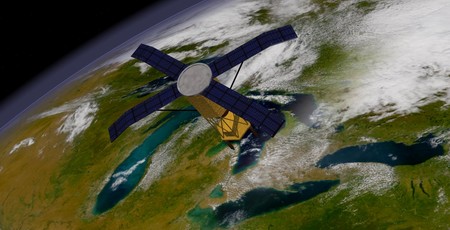Amazon has confirmed it is joining SpaceX and others in plans to launch a constellation of thousands of low-Earth-orbit (LEO) satellites as a means of providing globe-spanning broadband Internet connectivity, under the codename Project Kuiper.
Traditional broadband telecommunications infrastructure is expensive: Channels must be dug, fibre run, exchanges built or expanded, last-mile provisions set up, cabinets fitted and maintained. This is especially true in rural regions: Not only are they a considerable distance away from the main network but the pool of potential customers is considerably smaller than a major city, making the cost-per-customer higher. One solution is to do away with fixed-line connectivity except at a very small number of ground stations, using thousands of satellites per SpaceX's Starlink project or autonomous balloons per Google to provide globe-covering wireless connectivity instead.
Now, Amazon has confirmed it is joining the flying-broadband race with what it has called Project Kuiper following the public disclosure of filings made with the International Telecommunications Union (ITU) for a licence to place 3,236 satellites in three different low Earth orbits (LEOs) for the provision of broadband connectivity.
The company broke its silence on the matter following an enquiry by GeekWire, confirming to the site that 'Project Kuiper is a new initiative to launch a constellation of low Earth orbit satellites that will provide low-latency, high-speed broadband connectivity to unserved and underserved communities around the world.' Described as a 'long-term project' targeting, at least initially, those who do not have access to traditional broadband, Amazon's coverage plan would provide connectivity to around 95 percent of the planet's population.
No launch date for the first Project Kuiper satellite has been provided.

MSI MPG Velox 100R Chassis Review
October 14 2021 | 15:04









Want to comment? Please log in.